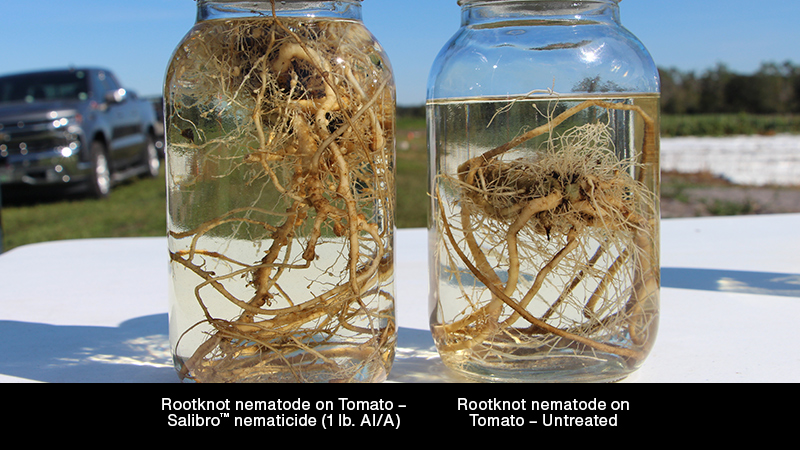WOTUS Wranglings Leaving Agriculture High And Dry [Opinion]
 In late May, the EPA announced the highly anticipated final rule re-defining the waters of the United States (WOTUS) under its Clean Water Act. After much debate and consternation during the course of the proposed rule change, agriculture groups worried the new definition would make their private property fair game for increased regulatory scrutiny. EPA insisted this worry was nonsensical, and that it would in fact help growers by adding clarity to the Clean Water Act’s jurisdiction.
In late May, the EPA announced the highly anticipated final rule re-defining the waters of the United States (WOTUS) under its Clean Water Act. After much debate and consternation during the course of the proposed rule change, agriculture groups worried the new definition would make their private property fair game for increased regulatory scrutiny. EPA insisted this worry was nonsensical, and that it would in fact help growers by adding clarity to the Clean Water Act’s jurisdiction.
After the new definition was announced, the agriculture community remains skeptical of the new policy. The use of language in the rule like “neighboring, contiguous, bordering, or significant nexus” to real waters of the U.S. leave a lot of wiggle room for EPA to pick and choose their regulatory targets on a “case-by-case” basis.
In a letter to The Hill, former U.S. Representative Larry Combest (R-TX) noted: “No land or water is beyond the reach of the federal government, never mind the traditional understanding of private property or state and local control of land use.
“Farmers, ranchers, dairymen, and others, on and off the farm, are in a widespread panic with the finalization of this rule because not only does it allow the EPA onto their land, but it throws the gate wide open to environmental group-led citizen lawsuits that promise to carry the rule’s reach beyond what even the EPA had envisioned.”
And, that is the crux of the problem. Even weeks after the announcement, legal teams were poring through the details trying to determine if in fact EPA’s assertion was true that farmers should have not a worry in the world about its impact on them. And, that is still unknown.
As Combest added: “Even though EPA may intended to show some restraint in the exercise of its newfound powers, the rule itself is virtually boundless and citizen suits are controlled only by the rule. The rule carries with it fines under the law to the tune of $37,500 per day, but it comes with absolutely no clarity for farmers as to what side of the law they are now on.”
Yet, EPA insists the new rule does not change exemptions for agriculture. Technically, that is true, but an analysis by the American Farm Bureau (AFB) says the agency works around the exemptions by broadening the definition of WOTUS and making farmers more vulnerable to these lawsuits and liability if they fail to get a Clean Water Act permit for farming.
There is no exemption under the Clean Water Act for the application of fertilizer or products to protect crops from pests or disease. According to the AFB, that means, when the rule defines features in a farm field to be WOTUS, putting any amount of fertilizer or pesticide onto those features will be an illegal “discharge” unless the farmer gets a permit as required by the Clean Water Act. That is true even at times when the protected “water” (low spot) is perfectly dry — regardless of whether the application would have any environmental effect.”
What about the regulation of ditches, which was so often referenced during the debate prior to the final rule? The AFB says: “In reality, we have no idea how many ditches, or exactly which ditches, will be regulated under the rule. Neither do the agencies.”
That’s because you won’t be able to tell it’s a regulated ditch just by looking at it. And, the reasons why get very complicated.
The potential impact of the final rule is too complex to explain in this post. I guess that is what makes it potentially so dangerous to agriculture. I’d encourage you read the AFB’s fact check on the final rule here.
I bet it will make you say, “Oh WOTUS me!”










